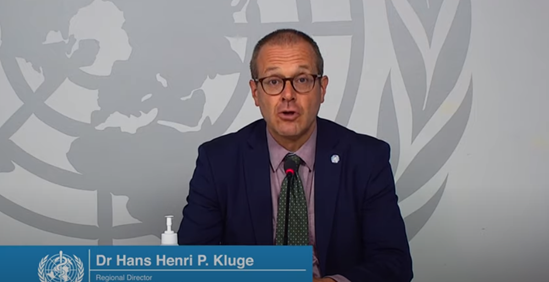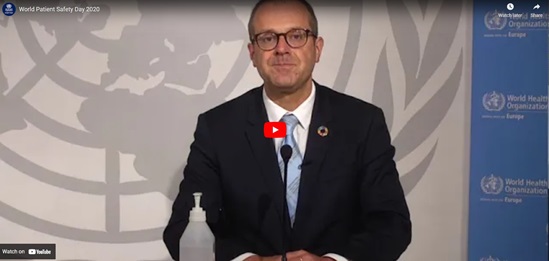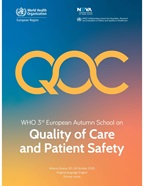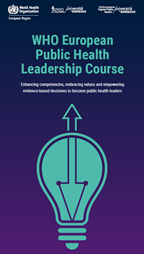Patient safety
The simplest definition of patient safety is the prevention of errors and adverse effects to patients associated with health care. While health care has become more effective it has also become more complex, with greater use of new technologies, medicines and treatments. Health services treat older and sicker patients who often present with significant co-morbidities requiring more and more difficult decisions as to health care priorities. Increasing economic pressure on health systems often leads to overloaded health care environments.
WHO/Europe is committed to enhancing the quality of health care, and patient safety is a crucial element of that quality. This encompasses:
- developing active networks of patients and providers;
- sharing experiences;
- learning from failure and pro-active risk assessment;
- facilitating effective evidence-based care;
- monitoring improvement;
- empowering and educating patients and the public, as partners in the process of care.
The diversity in the WHO European Region’s 53 Member States is reflected in wide disparities in health systems’ development, funding mechanisms and resources. Varying paces of socioeconomic growth and changes in demography and lifestyle practices have resulted in widening gaps in life expectancy between groups of countries, and sometimes within countries. At the same time, expectations of health system performance are mounting, challenging its readiness to change and adjust to technological development and emerging health threats.
Evidence has shown that to maintain and increase the health status of their populations, countries in the European Region must strengthen their health systems in terms of addressing patient safety and quality of care. The 2008 Tallinn Charter: Health Systems for Health and Wealth renewed the concerted political commitment of its Member States to strengthen the quality agenda.














